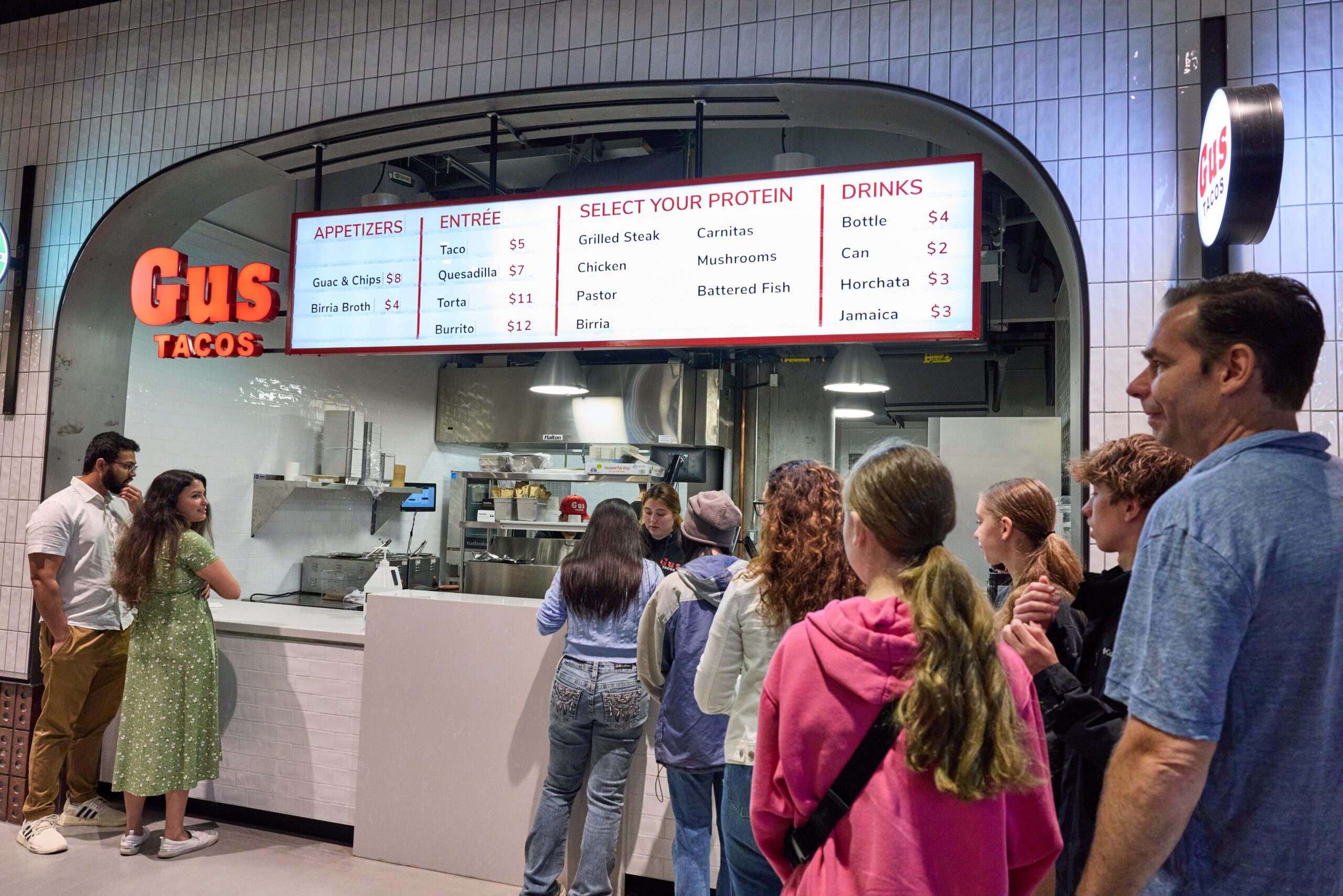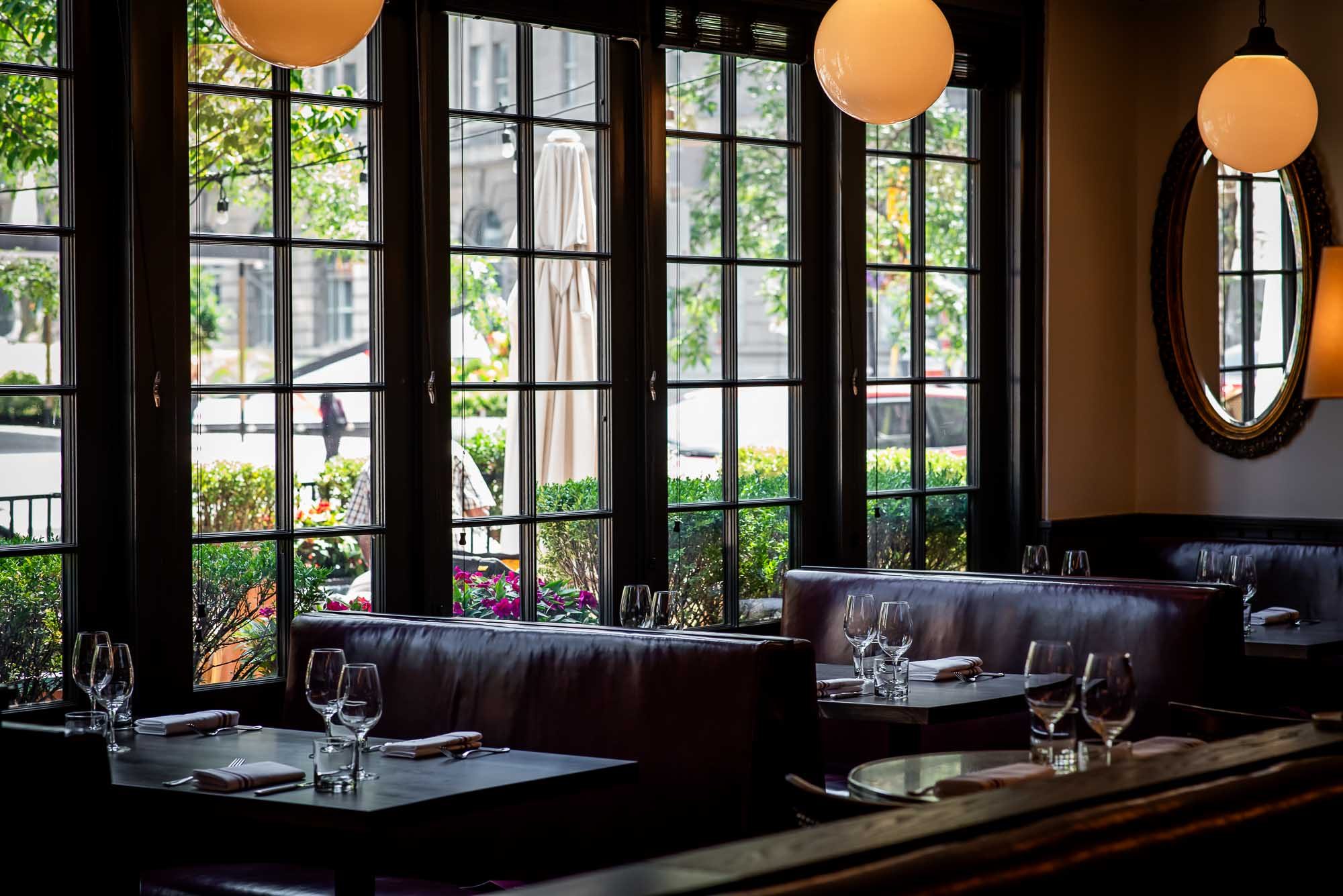Toronto is getting a generous helping of restaurant spaces in its newest developments, as landlords seek to give tenants what they want.
At The Well, the multi-tower live-work-play project at Spadina Avenue and Front Street West, 11 restaurant spaces have opened this year, with one more on the way. That’s in addition to its 50-vendor Wellington Market food hall that opened in May.
At Waterworks, a 13-storey condo building at 505 Richmond Street West, a 20-vendor food hall opened just last month. And over at 33 Yonge Street, the office building recently rebranded to Berczy Square, is undergoing an extensive renovation and revitalization of its ground floor, including five restaurant spaces.
So why the big push for restaurants?
“Food and beverage comes back in our tenant surveys as one of the top [requests] every time,” said Steffan Smith, executive vice president of asset management at GWL Realty Advisors, the owners of Berczy Square.
The unrelenting demand for inventory from restaurant operators doesn’t hurt either.
Restaurants are starved for space
Since the pandemic, there’s been an “absolute resurgence in demand” for restaurant space, Alex Edmison, senior vice president on CBRE’s Toronto urban retail team, told Green Street News. And with limited supply to satiate it, any new restaurant space coming on the market is a hot commodity, particularly in downtown Toronto.
“If you put restaurant space on the market in the prime stretch of King Street, it’s like going into the desert with a bucket of water,” Edmison said. “If it checks all the physical boxes and there’s nothing wrong with it, there’s going to be a line of 10 people [wanting to lease it].”

The leasing team at The Well, when looking to fill the restaurant and food hall spaces, was able to hand-pick who they wanted — established vendors, but not national chains — rather than sifting through lease applications, thanks to strong demand across the board.
“We were very targeted,” Moshe Batalion, vice president of national leasing at RioCan Real Estate Investment Trust, one of The Well’s developers, told Green Street News. “We went out and spoke to the veteran restaurateurs in this city, and the thinking was, how do we bring different corners of the city to one location? So we found the best from the east end, the best from the west end, from the north, and brought them all to The Well.”
Both Batalion and Smith said they’ve been able to curate their restaurant vendors to ensure their properties see traffic all day long.
“We were really looking for well-heeled, established groups that are going to be around for all cycles of the economic environment”
Steffan Smith, GWL Realty Advisors
“We want them to be successful, and we can’t have them competing with each other with the same offerings, so that’s why we tried to really spread out the offerings throughout the day, all the way from breakfast to midnight cocktails,” Smith said. “We were really looking for well-heeled, established groups that are going to be around for all cycles of the economic environment.”
Strong rents, but high upfront costs
Because of the strong demand — and subsequently strong rent prices — many builders are considering restaurant spaces in their developments, but Batalion warns it can be to their detriment if not properly considered.
“A lot of landlords will say, ‘I don’t know what to do with this space, let me turn it into a food hall because it works and it draws people in,’ but you’ve got to have an audience in order for it to be successful,” he said. “A lot of these end up failing in 12 to 24 months.”
“You’ve got to have an audience in order for it to be successful”
Moshe Batalion, RIOCAN
At The Well, that audience comes from the occupants of the residential and office towers within the development, as well as the underserved residents of the adjacent City Place neighbourhood.
At Berczy Square, there are not only the building’s office tenants to serve, but tenants from surrounding buildings as well as passersby on their way to Union Station or nearby event venues like Meridian Hall and Scotiabank Arena.

Though restaurant rent prices are strong — as are all retail rent prices at the moment — Edmison notes that rent is often just the tip of the financial iceberg when it comes to incorporating a restaurant space into a development.
“Sometimes the rent isn’t even the biggest component of it, it’s the capital,” he said, adding, “In a restaurant, you’re going to be cooking, so where’s the exhaust going to go?
“And now we need freezers, and we need a lot of washrooms, and we need penetrations for our bar, and we need a patio, and this and that, so who pays for all that? Usually landlords make some contribution to that — it may not be for the fixtures you see, but certainly for the mechanical components.”
“Sometimes the rent isn’t even the biggest component of it, it’s the capital”
Alex Edmison, CBRE
The tradeoff is that the high sales volume of a successful restaurant often provides more surety in terms of being able to consistently pay higher rent.
“A restaurant may be able to pay it, but a furniture store certainly can’t because of the margins,” Batalion said.
An opportunity for lease creativity
Taking a more creative approach to drafting leases has helped these multi-restaurant spaces succeed. At The Well’s food hall, tenants are on triple-net leases that contain stipulations surrounding the vendor’s success in bringing in customers.
“We wanted to make sure that we control the food hall and we control the way it operates so that if somebody’s not driving the traffic we want them to drive, or they’re not producing, we want to have control to say, ‘Okay, well, it’s not really working out,'” Batalion said.
Some leases also include a percent rent component, requiring a base rent plus a set percentage of sales.
At Berczy Square, the leases were structured around how much of an investment was put into the space by GWL — some spaces saw larger investments from the landlord while others saw more modest contributions.
“These are all long-standing groups that we trust will be around for decades to come, so we’re here to work with them and it all worked out in the end,” Smith said.




